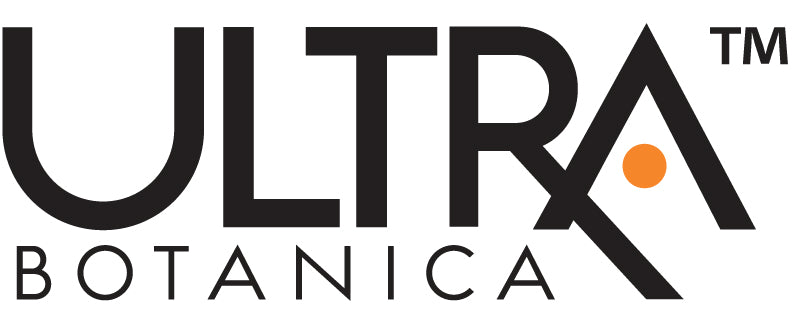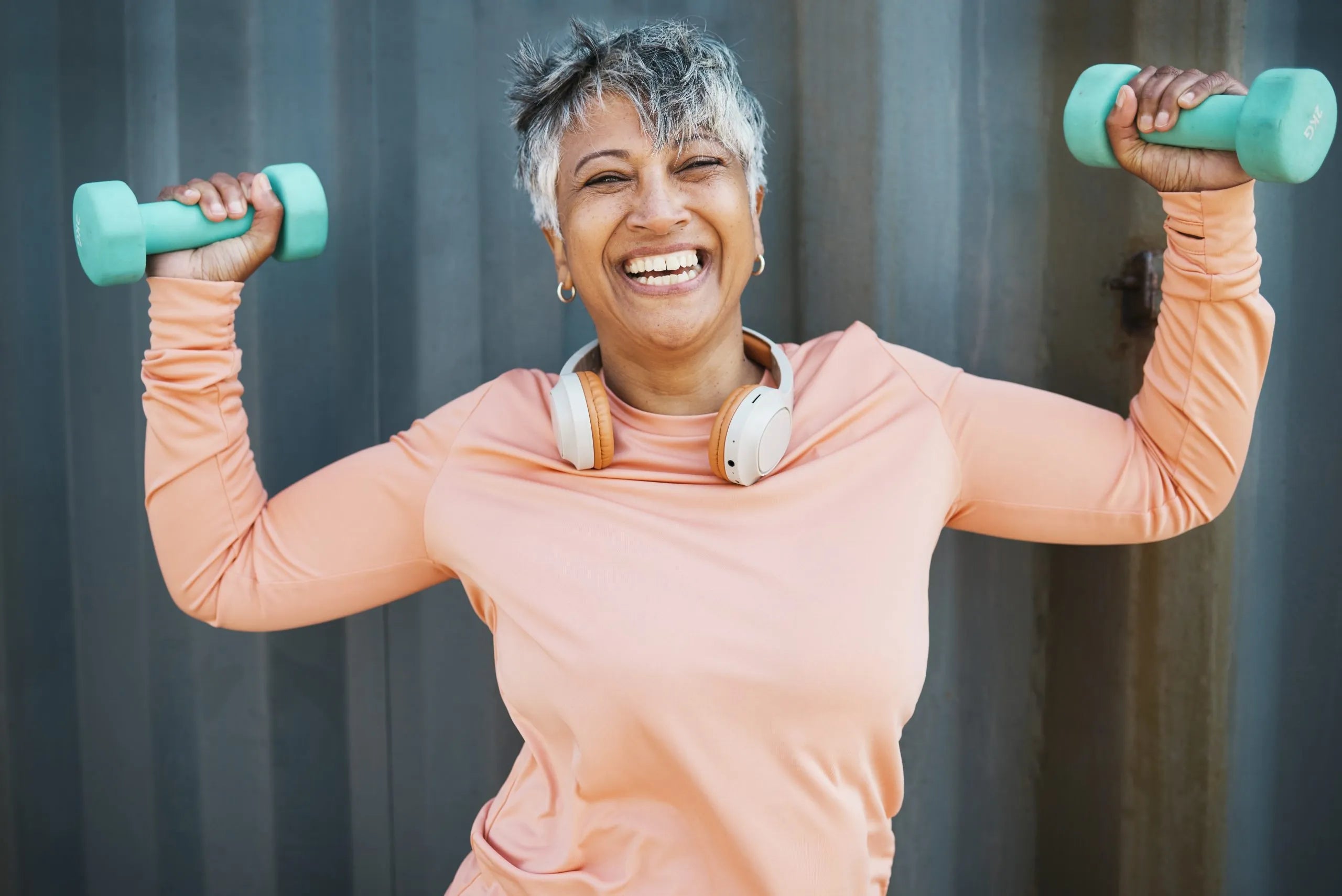Maintaining an active lifestyle as we age is crucial for both physical and mental well-being. Many think of leisurely walks or gentle yoga when picturing fitness for older adults.
However, incorporating bursts of high-intensity interval training exercise can be incredibly beneficial for seniors. HIIT for seniors is not just possible, it is recommended by many health professionals.
Let's discuss what HIIT (High-Intensive Interval Training) for seniors looks like, its advantages, and how to safely incorporate it into your routine.
Understanding HIIT
Before we discuss HIIT for seniors, it's helpful to understand what HIIT workouts involve. High intensity interval training is not about running marathons or lifting impossibly heavy weights.
Instead, it focuses on short bursts of highly vigorous exercise alternating with brief recovery periods. For example, you might alternate between a minute of brisk walking and then a minute of a more relaxed pace. Or 20 seconds of running or jogging followed by 40 seconds of a relaxed walk.
These intervals elevate your heart rate and boost your metabolism. The recovery periods help ensure you don't overexert yourself. This interval training style has proven incredibly effective for burning calories (and losing weight), building muscle, and improving heart health. It's even proven beneficial for addressing high blood sugars.
One of the key benefits of HIIT is that you get a lot of exercise for the time spent because of the intensity alternated with "rest" periods. It really is a great time-saving regimen.
Busting Myths: Can Seniors Really Do HIIT?
It's normal to wonder if HIIT is safe for older people. Popular culture often paints intense exercise as only for the young and extremely fit.
Research indicates that high-intensity interval training can be adjusted to fit different fitness levels and ages, even for those over 65.
However, you should always consult with your doctor before making changes to your fitness regimen as they best know your medical history.

Benefits of HIIT for Seniors
There are many great benefits of HIIT for seniors. Incorporating it into a fitness routine provides numerous advantages:
- Improved Cardiovascular Health: Studies show that older adults who participated in HIIT saw improvements in heart function, improved respiratory function, and even lowered their blood pressure. Stronger hearts mean less heart disease – what's not to love?
- Improved Muscle Strength and Bone Density: You don't need heavy lifting for strong muscles and bone density. Regular HIIT workouts can help maintain bone density, reducing the risk of osteoporosis and fractures.
- Metabolic Boost and Weight Control: A study in the International Journal of Environmental Research and Public Health found that HIIT is an effective exercise strategy to improve body composition in overweight and obese adults. HIIT helps maintain weight management by burning calories efficiently. It also lowers glucose levels, helps improve insulin sensitivity, and improves your heart's pumping efficiency. And it's well understood that maintaining a healthy weight reduces the risk of many chronic diseases.
- Better Balance and Coordination: Incorporating exercises that improve balance, like standing on one leg during recovery periods, can be hugely beneficial as we age, reducing fall risk and keeping you nimble. (Just take precautions like having something solid to grab nearby.)
- Mood Booster: Aerobic exercise is good for the soul too. You’ll be amazed at how even short bursts of activity can improve mood and leave you feeling more energized and positive. It does wonders for beating that mid-afternoon slump.
- Brain Benefits: Exercise supports brain health, as it increases blood flow to the brain. This not only reduces your risk of future dementia, but also aids in your thinking and cognitive function right now.
- All the Benefits of Traditional Exercise: But with about 80% less time commitment.
Designing Your Ideal HIIT Routine (For Seniors)
HIIT in a nutshell involves two steps:
- You exercise REALLY hard for several seconds.
- Then rest or exercise very slowly for about twice that long.
- Rinse and repeat.
How exactly you do it is completely up to you. The world is your oyster. You can use cardio equipment, dumbbells, or body-weight calisthenics. You can also do it indoors or out... at home or at a gym... at the beach or in a hotel room.
Take a gradual, measured approach when starting HIIT for seniors. This will allow you to reap the benefits without the risks. You can gradually increase intensity over time.

Start Slow and Listen to Your Body
Think of your initial sessions as more about getting your body moving and less about pushing limits. Begin with short intervals and a lower intensity if you haven't done HIIT before.
For instance, your first few workouts might involve 15-20 seconds of slightly faster-paced walking followed by a minute at your regular walking pace.
Start with as little as 4 minutes of HIIT total at the beginning, especially if you've been sedentary for a while or are recovering from surgery or other medical conditions. For example, sprint for 20 seconds, followed by a slow walk for 40 seconds. Repeat four times.
As you feel more comfortable, gradually lengthen your high-intensity intervals. You can even use a fitness tracker to monitor your heart rate during exercise, though this is not essential.
Choose Activities You Actually Enjoy
This isn't boot camp; it's about feeling healthier and getting stronger.
Select activities you genuinely enjoy and look forward to, whether that’s brisk walking, jumping jacks, chair squats, cycling on a stationary bike, swimming, dancing, or even gardening with bursts of faster digging.
Warm-up and Cool Down Consistently
Your body benefits greatly from preparing for a workout and then gently winding down afterward. A five minute workout of light cardio, like walking, and some gentle stretching pre- and post-HIIT will do wonders.
Take Rest Days!
Give your body at least one or two full rest days between HIIT sessions for muscle repair and rejuvenation. You should do HIIT no more than one to two days per week.

Safety Considerations for HIIT for Seniors
When properly adjusted and done with your doctor's approval, high-intensity interval training is generally safe and can yield many benefits. For maximum enjoyment and minimal risks, let's touch on key safety tips.
Talk to Your Doctor
This step is crucial, especially if you’re new to exercise routines or managing health conditions. A medical professional can advise you on tailoring the intensity and exercise type to meet your specific needs.
Stay Hydrated: Before, During, and After
Keep a water bottle handy. Proper hydration is essential for everyone, especially when engaging in physical activity.
Choose the Right Setting
Whether indoors or out in the fresh air, ensure your workout space is hazard-free. Uneven sidewalks, for example, might not be the safest for intense bursts of speed walking or running.
Ditto for a treadmill... you might lose your balance and fall off while running. A stationary bike might be less risky.
Sample Low-Impact HIIT for Seniors (Beginner-Friendly)
Remember, adjust repetitions and sets based on your current fitness level. Listen to your body – resting when needed is not a sign of weakness. Embrace the intervals and enjoy that post-workout endorphin rush.
The best options for healthy older adults include low-impact options such as walking, swimming, stationary bikes, and ellipticals. You can easily vary your speed on any of them to include both your high-intensity and low-intensity intervals.
Spare your body the pain and potential falls involved with running on a treadmill (or outside, for that matter). Or other high intensity options you may see 20- or 30-somethings doing.
If you're doing things that require balance, do them next to a chair or other object you can reach in case of lost balance. Your knees, hips, back, and ankles will thank you.

Conclusion
Embracing HIIT for seniors can be a game-changer providing numerous health benefits and improving your overall well-being. Bear in mind that safety and sustainability are key.
Start slow, gradually increasing intensity and types of interval exercises to match your current fitness level and interests. Don't forget to celebrate your small victories along the way.
Feeling good and staying active – at all ages – is what matters most. As research from Sports Medicine shows, HIIT for seniors is not only possible but can provide amazing benefits.
Always listen to your body and remember – this is about feeling stronger and healthier – so have fun with it. And what better time to start than going into the holidays!
Frequently Asked Questions
What is High-Intensity Interval Training (HIIT)?
HIIT stands for High Intensity Interval Training. It involves short bursts of a fast intense "sprint" followed by a "rest/slow" exercise for double that time. For example, 20 seconds of intense, followed by 40 seconds of slow. Then rinse and repeat for several rounds.
Is HIIT safe for beginners?
HIIT is safe for beginners, so long as your doctor would give you permission to exercise. It'll raise your heart rate, so you must be able to handle that.
But since HIIT doesn't require a specific type of exercise, you're free to choose a type of exercise you already know how to do, such as walking or swimming.
Is HIIT protocol safe for older adults?
Mayo Clinic has gone on record saying that HIIT is the best type of exercise regimen for seniors, saying it helps reverse the aging process, increases energy, and promotes muscle development. It also significantly improves protein synthesis.
A 2016 study showed that HIIT improves aerobic fitness, cardiac function, and insulin resistance.
However, older adults should opt for low-impact forms of HIIT, such as walking, swimming, stationary biking, or elliptical. Spare yourself the pounding of high-impact HIIT and be kind to your older body.

What cautions should seniors use when doing HIIT?
Older adults should choose low-impact forms of HIIT training. They should also be cautious about running on a treadmill, where a misstep or imbalance could cause a fall. You're a whole lot less likely to fall off a stationary bike, for example.
How often can I do HIIT workouts -- Is every day too much?
Every day is far too often for HIIT type exercise for older adults. Never do HIIT for seniors on consecutive days. Limit yourself to once or twice per week. Maybe three times, max, after you're in fantastic shape.
The American College of Sports Medicine recommends starting with once per week, with a limit of 2 to 3 times per week.


Share:
How Much Protein Do I Need?
Harnessing Brain Plasticity for Enhanced Health After 40